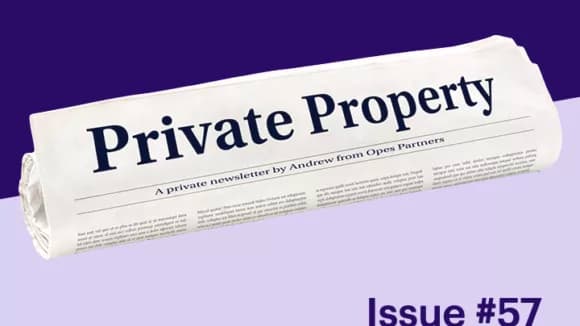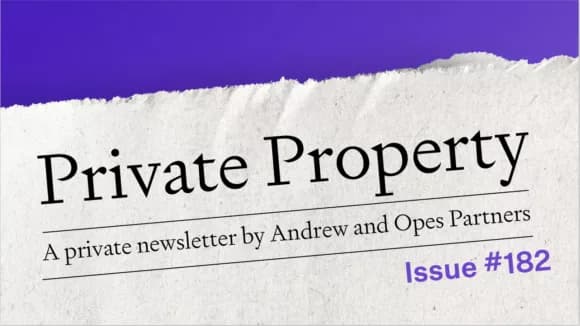House prices now sustainable?
The deputy governor of the Reserve Bank, Christian Hawkesby, said: “National house prices have fallen towards a level that is more consistent with medium-term fundamentals”.
That sounds wordy (and nerdy) … but what he said matters.
For the last year, the Reserve Bank has said that house prices are above their ‘sustainable level’.
This is the first time they’ve hinted that house prices are nearing sustainability.
Whenever I post about house prices on social media, suggesting that they won’t fall much more … there’s always someone saying they’re guaranteed to drop another 20%.
In their mind, house prices are still “too high.”
There’s no doubt that houses are expensive.
But, this is the first time the Reserve Bank has suggested that property prices are where they should be based on medium-term market fundamentals.
Add this to the evidence pile if you’re looking for reasons that the end of the house price downturn is near.
This will be aided by the changing LVR restrictions.








